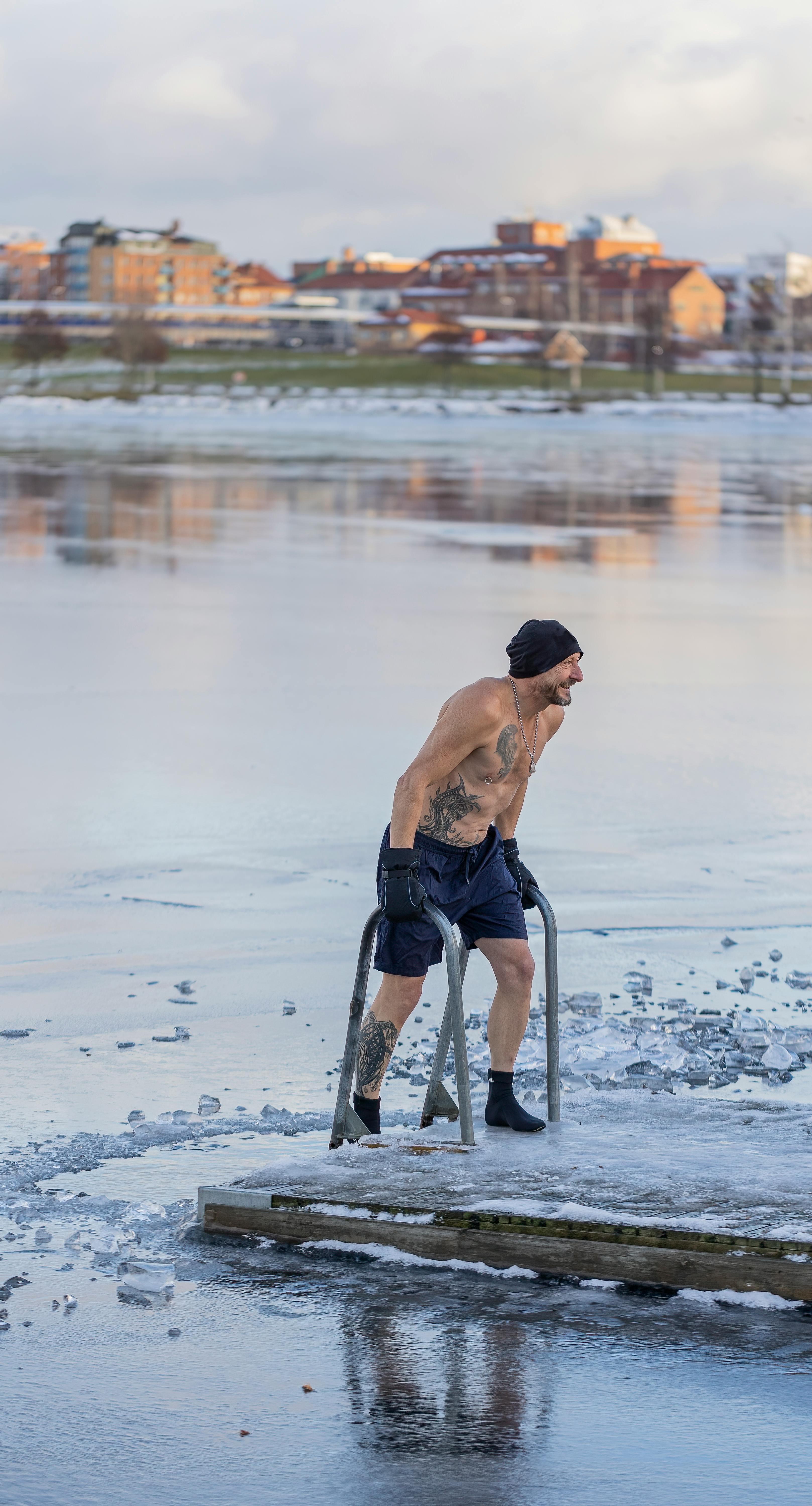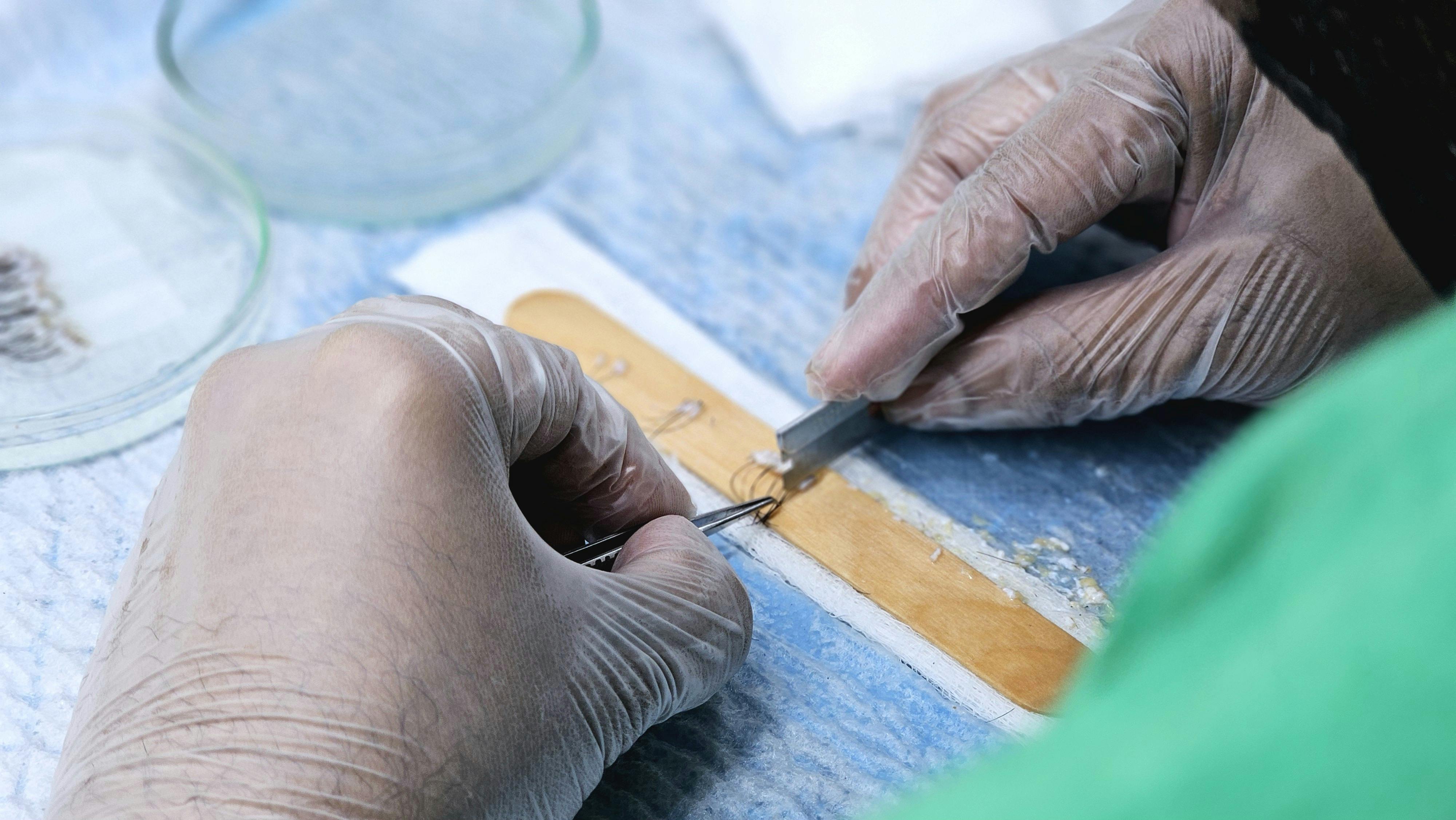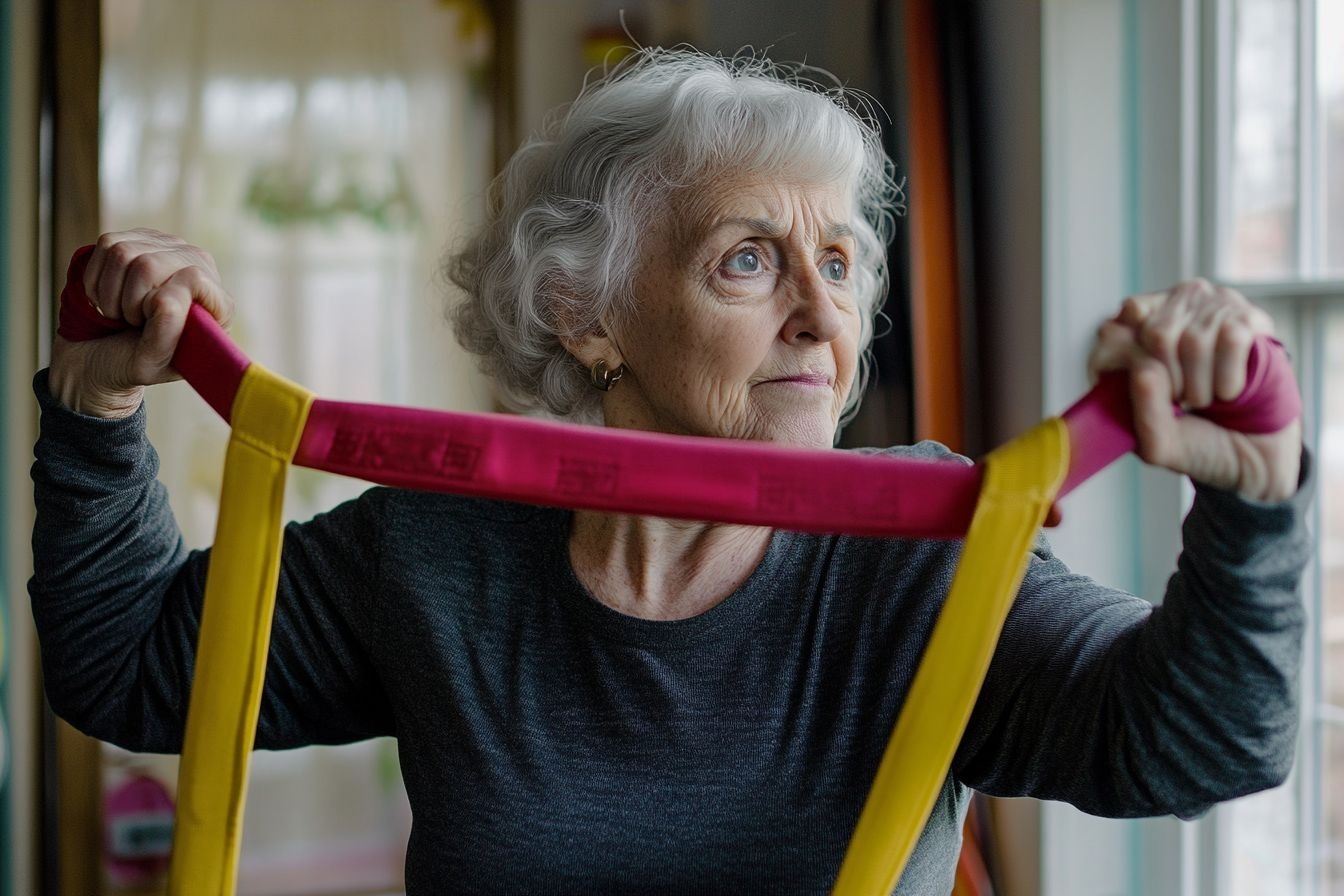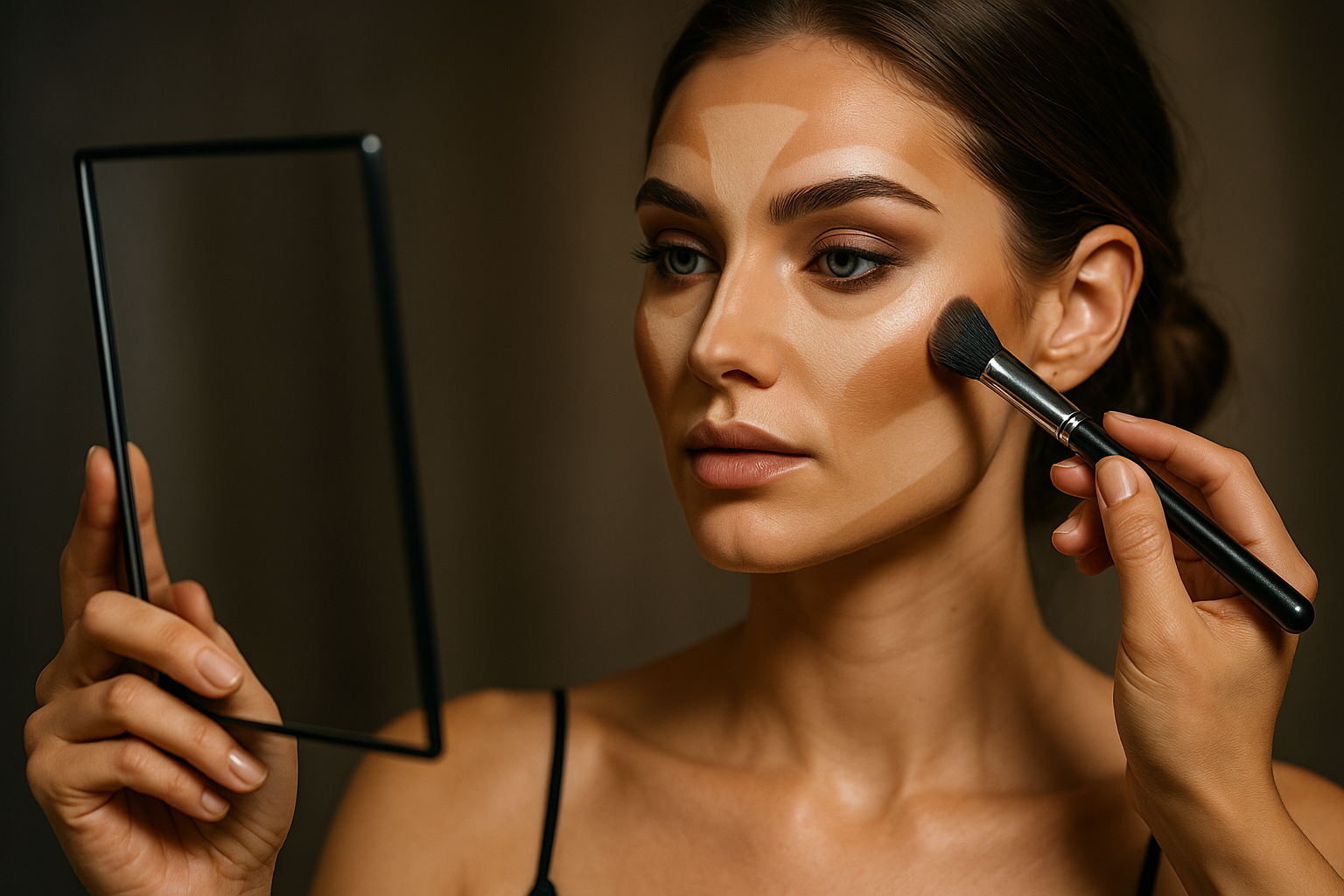Diving into the Science of Cryotherapy: A Cold Revolution in Beauty and Fitness
As the beauty and fitness industry continues to evolve, so too do the practices and trends that define it. Among these, cryotherapy stands out as a unique and innovative therapy that has sparked interest among individuals and professionals alike. This rapidly emerging trend, characterized by the application of extremely low temperatures on the body, has been credited for numerous benefits ranging from improved athletic performance to enhanced beauty regimes.

Cryotherapy: A Historical Perspective
Cryotherapy, derived from the Greek words “cryo” meaning cold and “therapy” meaning cure, has been utilized in various forms in medicine since the 17th century. In 1845, Dr. James Arnott introduced localized cryotherapy to treat headaches and tumors. However, the modern form of whole-body cryotherapy (WBC) was first introduced by Dr. Toshima Yamauchi in Japan in the late 1970s. He initially used this treatment for rheumatoid arthritis, and the success of these treatments led to the spread of this technology to Europe and, eventually, the United States.
Current Trends in Cryotherapy
Today, cryotherapy has evolved into a sophisticated practice with a wide range of applications, particularly in the beauty and fitness industry. This procedure, which involves exposing the body to temperatures as low as -200 degrees Fahrenheit for a few minutes, has become a popular trend among athletes and celebrities. Experts attribute this popularity to the method’s ability to reduce inflammation, enhance recovery, and stimulate collagen production, leading to improved skin health and appearance.
The Benefits of Cryotherapy in Beauty and Fitness
Cryotherapy offers a plethora of benefits, with research supporting its positive effects in both beauty and fitness. In fitness, cryotherapy is touted for its ability to enhance muscle recovery and reduce inflammation. In a study published in the Journal of Athletic Training, athletes who underwent cryotherapy showed significantly reduced muscle pain and a faster return to their peak performance levels compared to those who did not.
In beauty, cryotherapy treatments are praised for their ability to stimulate collagen production, leading to tighter, smoother and more youthful-looking skin. A clinical study published in Clinical, Cosmetic and Investigational Dermatology found that individuals who underwent cryotherapy treatments experienced an increase in collagen density and a reduction in the appearance of wrinkles and fine lines.
Cryotherapy: Market Relevance and Industry Impact
The global cryotherapy market size was valued at USD 3.8 billion in 2020 and is expected to grow at a compound annual growth rate (CAGR) of 10.3% from 2021 to 2028, according to Grand View Research. This growth is primarily driven by the increasing adoption of cryotherapy in the beauty and fitness industry, along with its growing usage in medical treatments.
Cryotherapy has also led to the emergence of specialized wellness centers, fostering innovation and growth in the industry. Additionally, the trend has influenced product development, with brands launching cryotherapy-inspired products like cryo facials, cryo body sculpting, and cryo skincare products.
Making a Case for Cryotherapy
While cryotherapy’s benefits are promising, it’s important to note that the therapy also has potential risks, including frostbite, temporary numbness, and tingling. Therefore, it should always be performed under the supervision of a trained professional. Despite these potential risks, the science-backed benefits of cryotherapy in beauty and fitness make it a compelling area of study and practice.
In conclusion, cryotherapy, with its rich history, continued innovation, and robust benefits, is truly a cold revolution in the beauty and fitness industry. As research continues to validate its benefits and the market continues to embrace its potential, cryotherapy is poised to remain a significant trend in the industry.






